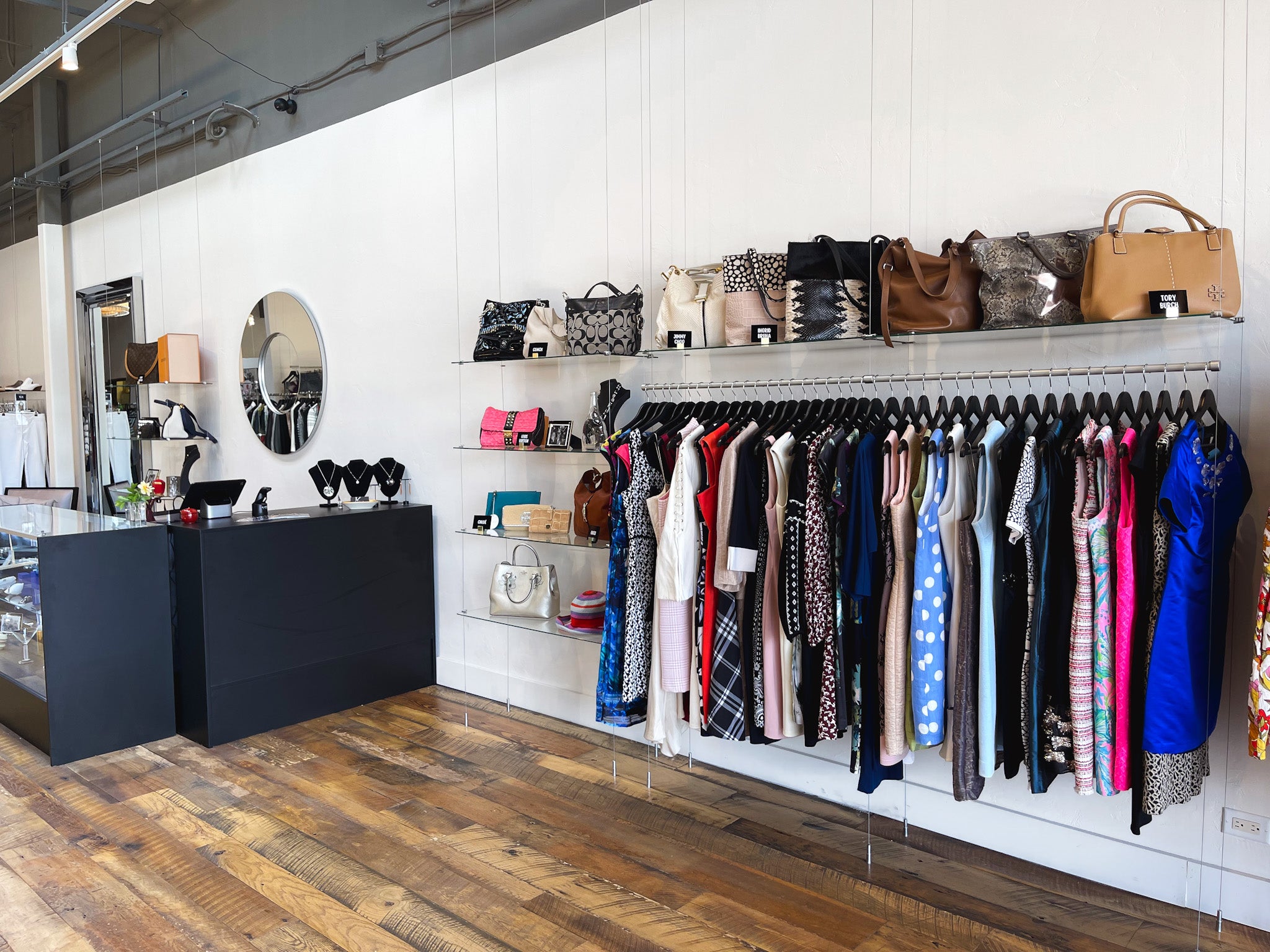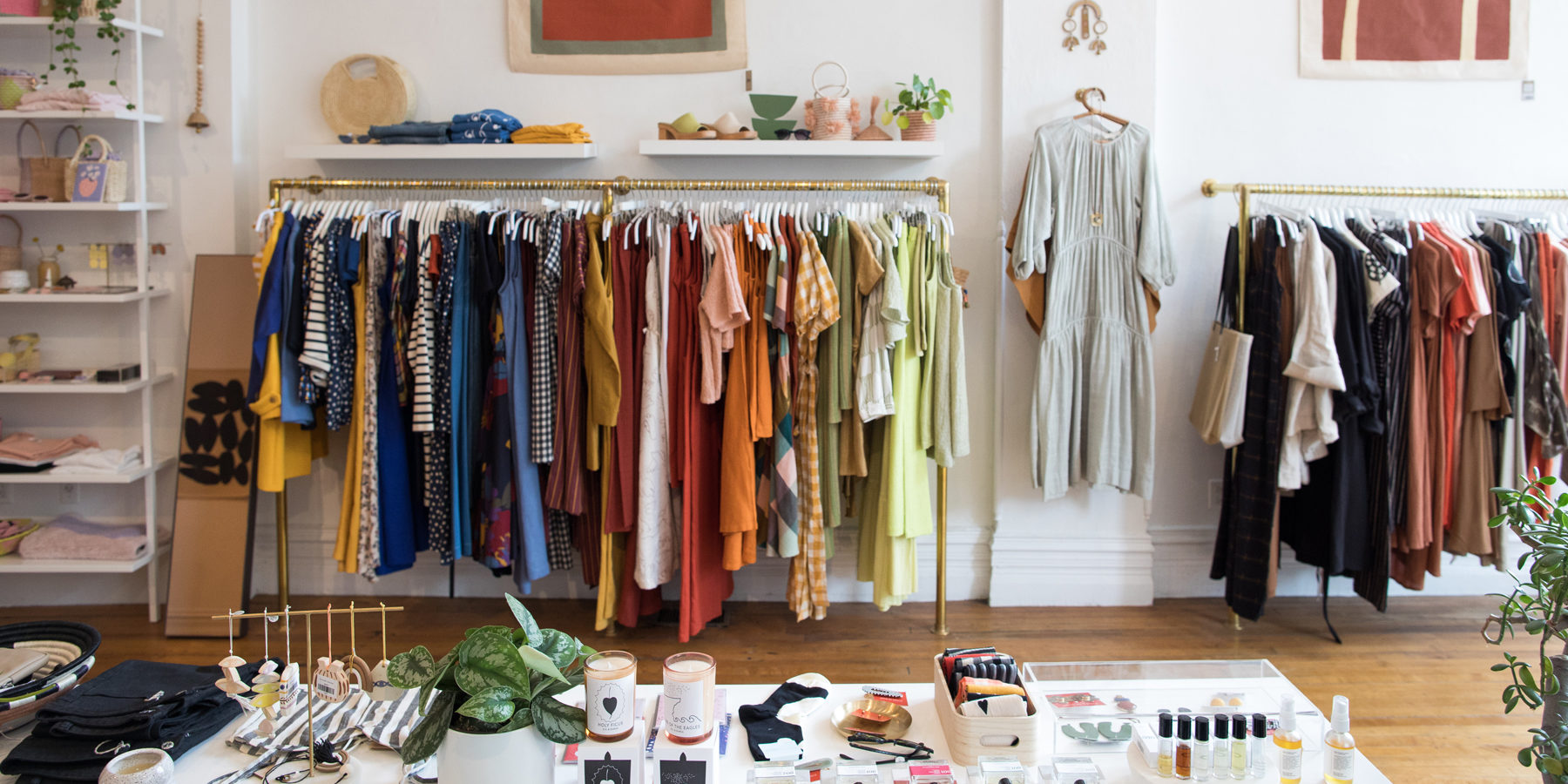Discover the Latest Trends in Boutique Fashion for each Period
Discover the Latest Trends in Boutique Fashion for each Period
Blog Article
Checking Out the Development and Impact of Clothes on Modern Fashion Trends
The development of clothing has actually significantly influenced modern-day fashion fads, combining historic precedents with advanced innovations. Famous numbers like Coco Chanel and Yves Saint Laurent transformed the fashion market by presenting principles that focus on convenience and ease of access, which remain to reverberate today. On the other hand, technical strides in locations such as 3D printing and clever textiles are redefining style possibilities and consumer experiences. Furthermore, the expanding emphasis on inclusivity and sustainability is improving market standards. As we take into consideration these diverse influences, one have to question just how these aspects collectively redefine fashion's role in mirroring and forming modern society.
Historical Fashion Influencers
In the tapestry of fashion background, particular numbers have actually left an indelible mark, forming the fads and designs that specify entire eras. Coco Chanel, an advanced designer, redefined females's fashion by presenting comfortable, stylish garments that left from limiting corsets. Her legendary Chanel fit and little black gown have become timeless staples in wardrobes worldwide. Christian Dior's post-war "New Look" in 1947, with its celebration of feminineness through complete skirts and cinched waists, noted a return to luxury and has actually proceeded to influence developers.
Elsa Schiaparelli is one more crucial number, renowned for her avant-garde styles that included surrealist art, teaming up with Salvador Dalí to create whimsical items that challenged traditional looks. Her cutting-edge usage of shade and strong patterns resounds in contemporary style. Yves Saint Laurent, at the same time, equalized haute couture with prêt-à-porter collections, bringing path styles to the masses and setting a precedent for contemporary ready-to-wear lines.
These enthusiasts, to name a few, not only reinvented style in their times but also established withstanding trends that reverberate in today's fashion business, offering a structure upon which contemporary designers continue to build and innovate. Their traditions highlight the relevance of imagination and daring in vogue's ever-evolving narrative.
Technological Advancements in Style
Among the vibrant landscape of the garment industry, technological innovations stand at the center of technology, reshaping just how designers produce and consumers engage with fashion. The combination of 3D printing has actually changed design processes, enabling designers to experiment with complicated frameworks and lasting products that were formerly inconceivable. This innovation helps with rapid prototyping, reducing waste and expediting manufacturing times.

Smart textiles, embedding innovation right into fabrics, are likewise changing the industry. Technologies like self-cleaning and temperature-regulating textiles use boosted capability and convenience. Wearable innovation, integrating attributes like physical fitness monitoring and interaction, adds a new dimension to style, combining aesthetic appeals with usefulness.
Social Shifts and Style
As technological innovations remain to improve the apparel industry, cultural changes are equally prominent, redefining design and consumer choices. Over the last few years, the surge of social networks platforms has actually site web sped up the circulation of international style fads, allowing varied social impacts to merge and exist side-by-side. This digital interconnectivity has promoted the quick exchange of concepts, bring about a more eclectic and inclusive interpretation of style that reflects the complex nature of modern-day society.
Cultural understanding and admiration have actually prompted developers to draw inspiration from a wider range of historic and ethnic contexts, integrating traditional concepts with contemporary aesthetics. This fusion has caused style that resonates with a wider target market, advertising a feeling of identity and belonging throughout various demographics. In addition, the increasing demand for customization has driven brand names to offer customizable choices, allowing customers to express uniqueness while reflecting their social heritage.
Furthermore, changing social values have actually affected fashion, with inclusivity and variety ending up being central styles. The market has actually started to welcome versions and influencers of different physique, ethnicities, and sex identifications, difficult standard charm standards. This improvement underscores the power of social changes fit the future of style, as design ends up being an extra authentic expression of personal and cumulative identity.
Sustainability and Modern Layout
While the fashion sector proceeds to develop, the important for sustainability has become increasingly immediate, affecting modern layout methods. The rise of slow-moving style, which stresses quality over quantity, urges customers to invest in ageless items rather than transient patterns.
Furthermore, contemporary layout is defined by its development in reducing waste and promoting circularity. This technique not just reduces environmental impact however likewise boosts the social responsibility of style residences.

Future Trends in Fashion

Sustainability will remain to be a driving force in shaping future style trends. The market is increasingly adopting green products and honest manufacturing approaches, reacting to a growing customer demand for accountable practices. Advancements such as bio-fabricated materials and closed-loop recycling systems more tips here are set to redefine just how clothing is produced and taken in, decreasing ecological influence while keeping style and high quality.
Social shifts, including the rise of inclusivity and diversity, will also play a critical function. As culture ends up being a lot more knowledgeable about social problems, fashion is expected to become a system for expression and change. Designers will likely concentrate on producing collections that show a more comprehensive series of identifications and experiences, championing depiction and ease of access.
Verdict
The advancement of apparel significantly influences modern-day style patterns, where historic impacts combine with contemporary styles. This ongoing evolution emphasizes fashion's role as a mirror to social worths and technological advancement, recommending a future rich with development and inclusivity.
The evolution of clothes has actually dramatically affected contemporary style fads, merging historic criteria with innovative advancements.In the middle of the dynamic landscape of the style sector, technological improvements stand at the center of innovation, reshaping just how designers develop and consumers engage with style.While the style market proceeds to develop, the vital for sustainability has come to be progressively urgent, affecting contemporary style techniques. As sustainability comes to be embedded in modern layout, it paves the method for a much more liable and mindful style market.
The advancement of clothing substantially affects modern fashion patterns, where historic impacts merge with contemporary designs.
Report this page